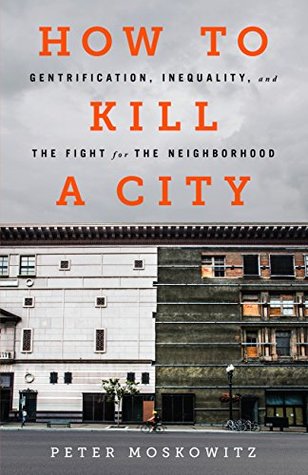More on this book
Community
Kindle Notes & Highlights
Started reading
June 29, 2024
Gentrification, at its deepest level, is really about reorienting the purpose of cities away from being spaces that provide for the poor and middle classes and toward being spaces that generate capital for the rich.
Stage four is when a neighborhood is already gentrified and begins to become even more wealthy. Managerial-class professionals replace the artists and punks. Properties that were held vacant by developers are turned into high-cost condos. Displacement is rampant. And gentrification begins spilling over into other, less gentrified neighborhoods.
gentrification heightens the worth of neighborhoods and cities until they become uninhabitable for average people.
Cities do not gentrify unless the process is profitable for real estate developers.
gentrification works on a mass scale only because most inner cities have been purposely depressed and therefore are now profitable to reinvest in. That led Smith to conclude that “gentrification is a back-to-the-city movement all right, but a back-to-the-city movement by capital rather than people.”
President Ronald Reagan, elected in 1980 with a mandate to slash budgets, who really sealed the fate of many urban centers. Reagan cut all nonmilitary spending by the US government by 9.7 percent in his first term, and in his second term cut the Department of Housing and Urban Development’s budget by an astonishing 40 percent, hobbling cities’ abilities to pay for public housing. The Department of Transportation also had its funding cut by about 10.5 percent during Reagan’s first term and 7.5 percent in his second.


